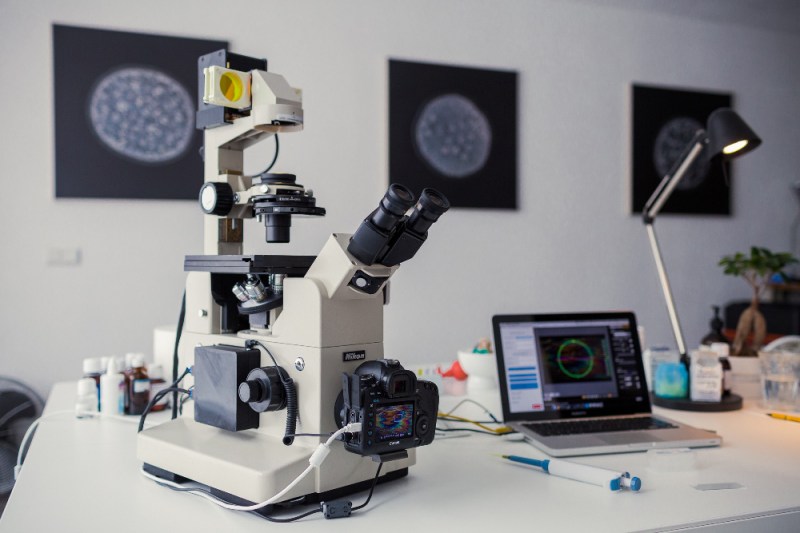[Maurice] is a photographer specializing in micrographs. These very large images of very small things are beautiful, but late last year he’s been limited by his equipment. He needed a new microscope, one designed for photography, that had a scanning stage, and ideally one that was cheap. He ended up choosing a microscope from the 80s. Did it meet all his qualifications? No, but it was good enough, and like all good tools, capable of being modified to make a better tool.
This was a Nikon microscope, and [Maurice] shoots a Canon. This, of course, meant the camera mount was incompatible with a Canon 5D MK III, but with a little bit of milling and drilling, this problem could be overcome.
That left [Maurice] with a rather large project on his hands. He had a microscope that met all his qualifications save for one: he wanted a scanning stage, or a bunch of motors and a camera controller that could scan over a specimen and shoot gigapixel images. This was easily accomplished with a few 3D printed parts, stepper motors, and a Makeblock Orion, an Arduino-based board designed for robotics that also has two stepper motor drivers.
With a microscope that could automatically scan over a specimen and snap a picture, the only thing left to build was a piece of software that automated the entire process. This software was built with Processing. While this sketch is very minimal, it does allow [Maurice] to set the step size and how many pictures to take in the X and Y axis. The result is easy automated micrographs. You can see a video of the process below.
Thanks [Rob] for sending this one in.















Here the Link to the 300MP Image: http://www.gigapan.com/gigapans/188608
Nice, it pans and zooms so smoothly (but I do have a 100 megabit link).
I can see some misaligned edges, does it need to take more images and crop the field of view for each so that those distortions are removed?